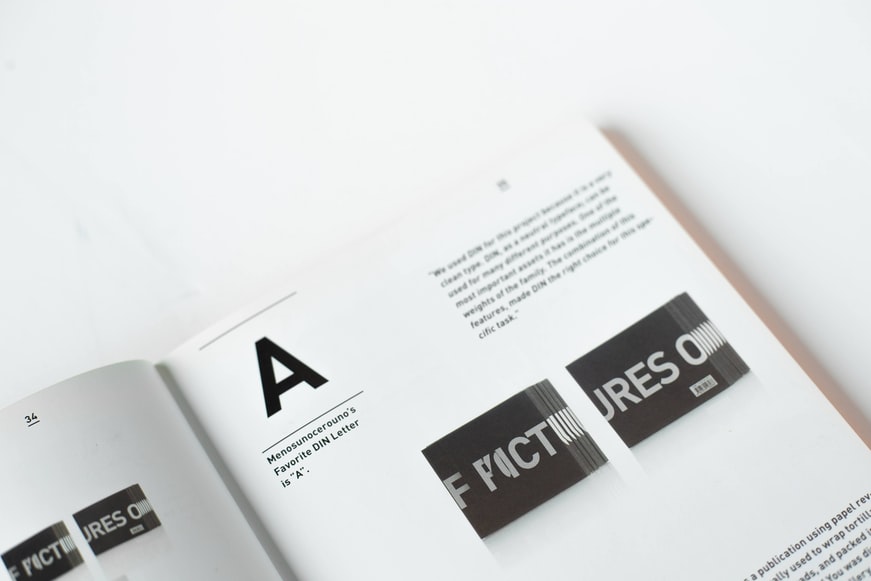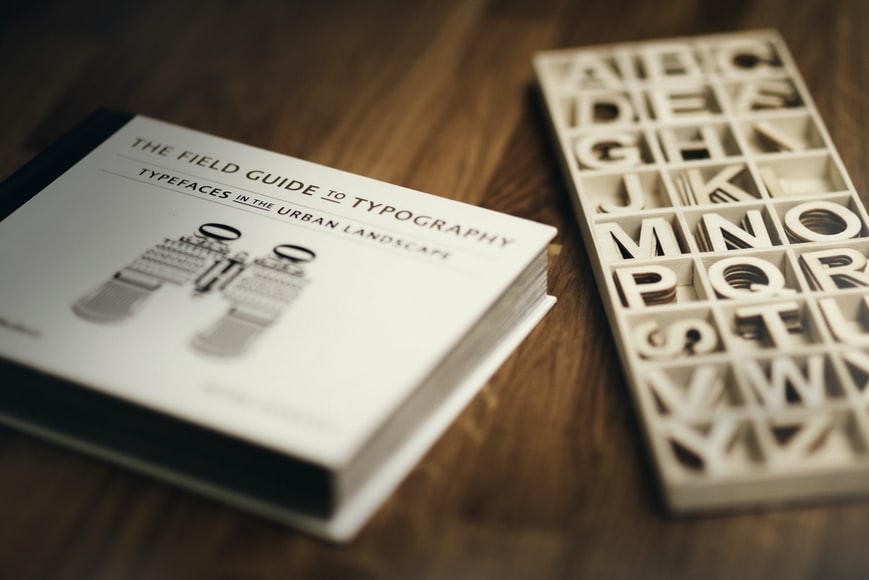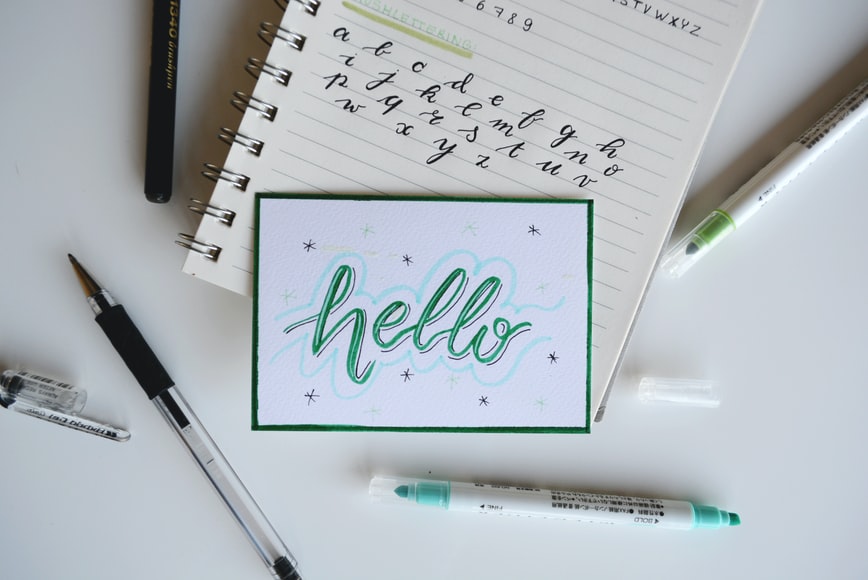So you’re writing a sales post, or want to? You’ve likely already considered the content of your article, but have you considered the fonts you choose to use? You can use beyond infinity font to create very good-looking designs for your projects. If not, here are some points that might help.
1) Make Sure They’re Readable
This is pretty self-explanatory, and I think we’re all familiar with the idea. Nobody wants to read huge blocks of text that they can’t even distinguish between letters, much fewer words, and sentences.
2) Be Careful About Using Too Many Fonts, Or Really Big Ones
If you’ve got a whole different font in every paragraph (or worse: every sentence), it’s going to be a headache for your reader. It’s also going to look a bit ridiculous, especially if the fonts don’t fit together prettily.
3) Stick With Popular Ones
You may think having an artistic license to use whatever font you like is cool, but just remember that most people will want something accessible and easy to read. As a general rule, opt for ones you’d see in a novel or news site over the kinds you’d find in a video game or comic book.
4) Fonts That Fit Together Well Look Good
This is one of the most important things to consider, and it may require a bit of experimenting. There are plenty of resources out there if you want to get started with choosing text fonts.
5) Serif Vs. Sans-Serif Fonts Can Be Tricky But Can Also Add A Stylish Flair
Yes, there’s no such thing as ‘wrong’ when it comes to using fonts (except maybe the ones I’ve mentioned in point 3), and you can get creative with this area of your posts too! One way is to go with serif or sans-serif fonts for your entire post, but another way is to mix the two, perhaps by using a serif font for larger titles and sans-serif for smaller ones.
6) Keep In Mind That Some Might Not Be Able To Read Certain Fonts
This isn’t something that I’ve personally experienced, but some folks have trouble reading fonts that contain a lot of curves and slants, such as cursive-type ones. Not a biggie if it’s just your boss or professor you’re sending the post to, but if it’s going out to a large audience then it might be something to keep in mind!
7) Overusing Certain Fonts Can Be Annoying
I do this too sometimes– use a font or color that I like way more than I should, resulting in my having to re-do the post later on. It’s not professional looking and it’s hard for readers to focus on what you’re saying when they’re distracted by the pretty colors and fonts. Keep this in mind if you decide to use anything aside from the ones I’ve mentioned.
8) Use Them Sparingly
You don’t want to go overboard, even if you do it by mixing serifs and sans-serif fonts or using different fonts for titles/chapter headings etc. Like I said above, even though there are no ‘wrong’ fonts to use, you should still keep in mind what you want the post to convey. Be consistent, but also consider giving yourself some room for spontaneity/creativity!
9) Make Sure They’re All Legible And Easy On The Eyes
I know this is a repeat of 1, but it’s worth reiterating– not everybody wants to read everything in Impact. There are plenty of options out there, so test them out and see which ones work best.
10) Serif Fonts Could Also Be Helpful For Certain Audiences
Kinda similar to the point I mentioned above, serif fonts are often considered easier to read for larger chunks of text (like novels). It may not hurt to use a serif font in your article if you’re concerned that some people might have a hard time reading it!
Whether it’s serif, sans serif, or script fonts you’re looking for, CreativeMarket has it for you.
11) Make Sure The Fonts And Colors You Choose Don’t Clash
This can be a really difficult thing to avoid and is often more of an art than a science. I usually try to look for styles that go together but aren’t necessarily matching (think pastels vs. neons). Remember that text color can also influence how easy it is to read your fonts, so try to keep that in mind as well!
12) Leave Readers With A Good Impression
This is probably what you’re all thinking about regarding fonts, and it’s totally true- the last thing you want to do is leave your reader feeling negative about your post or article because of something as ‘small’ as the text! It can be really difficult to achieve this sometimes but considering these points should help ease your mind.
13) Last But Not Least: Proofread!
There’s nothing that screams unprofessionalism more than a few typos or random letters scattered about your post. You may think this doesn’t apply to you because it seems like such a small thing, but having your post read well is just as important as how it looks!
Final Note
The points above are just helpful guidelines. There’s nothing wrong with using fonts that don’t fall into any of the categories I mentioned here; it might even be what you’re going for! The take-away point is simply to consider how your readers will perceive the text, and whether it should be kept, reworded, or scrapped.
Read Also:



























